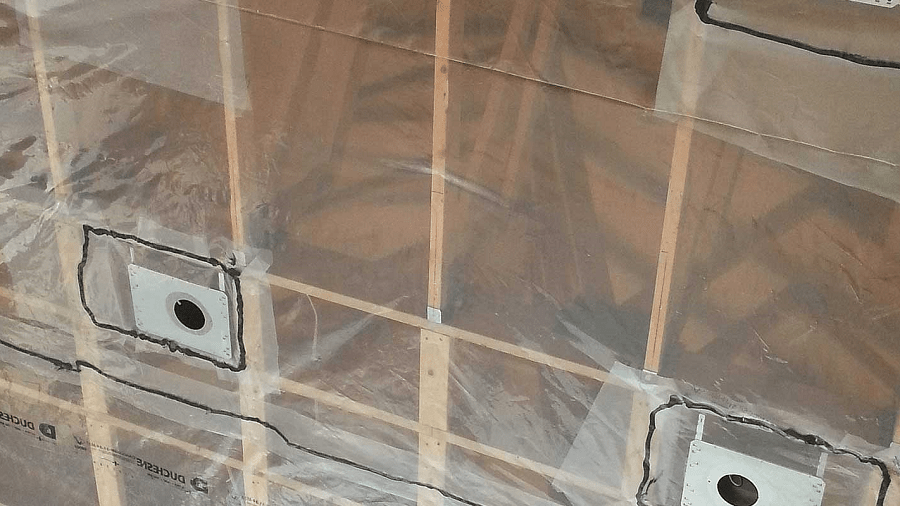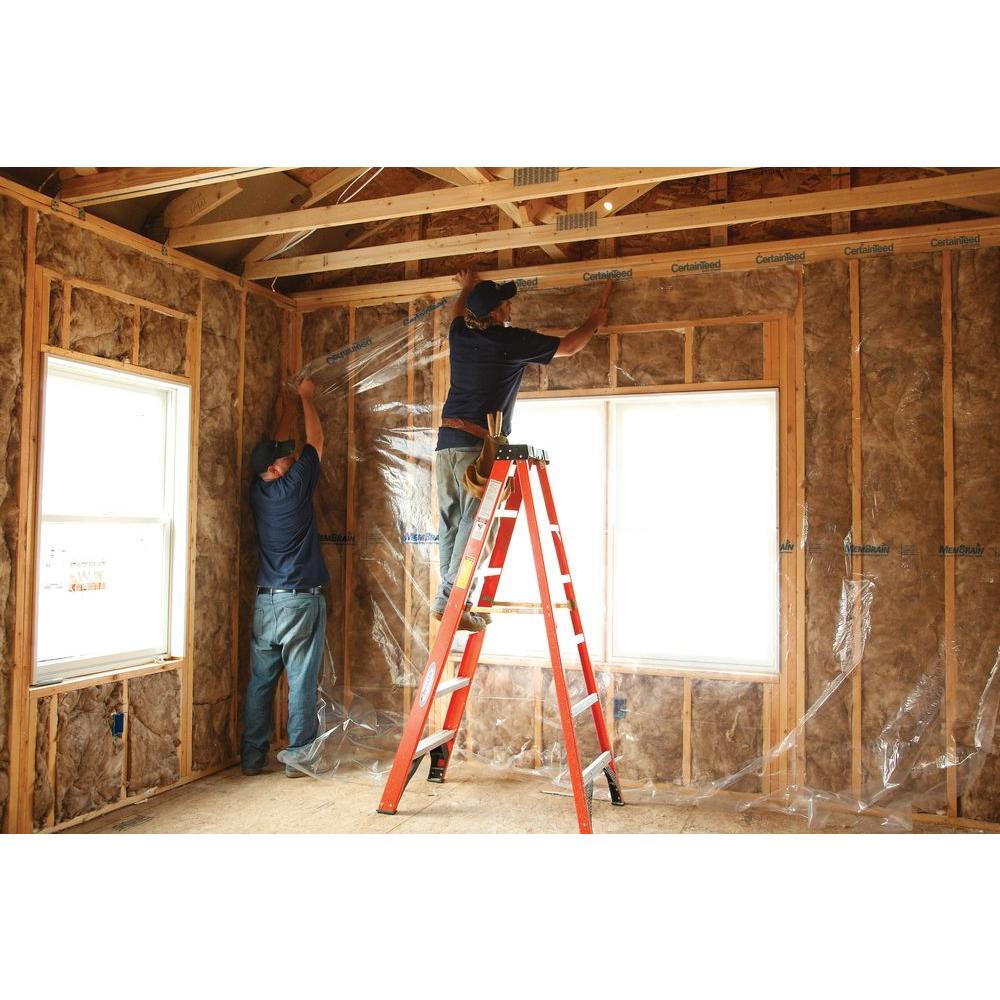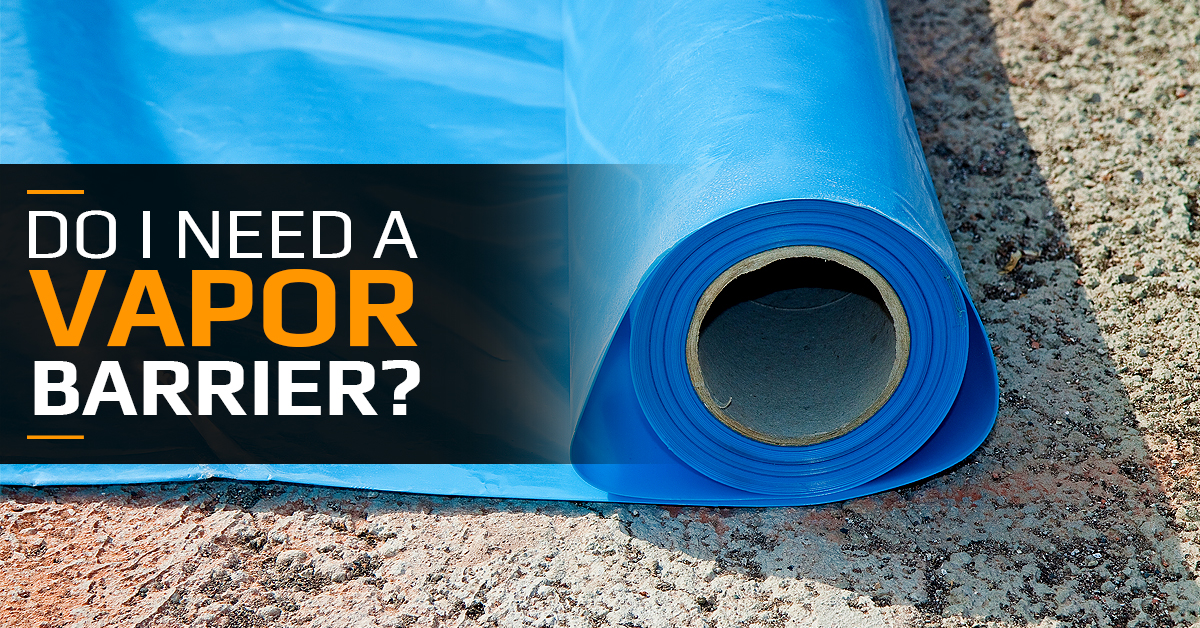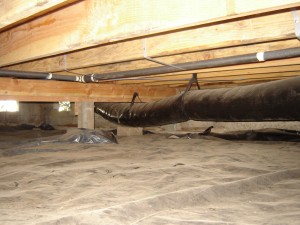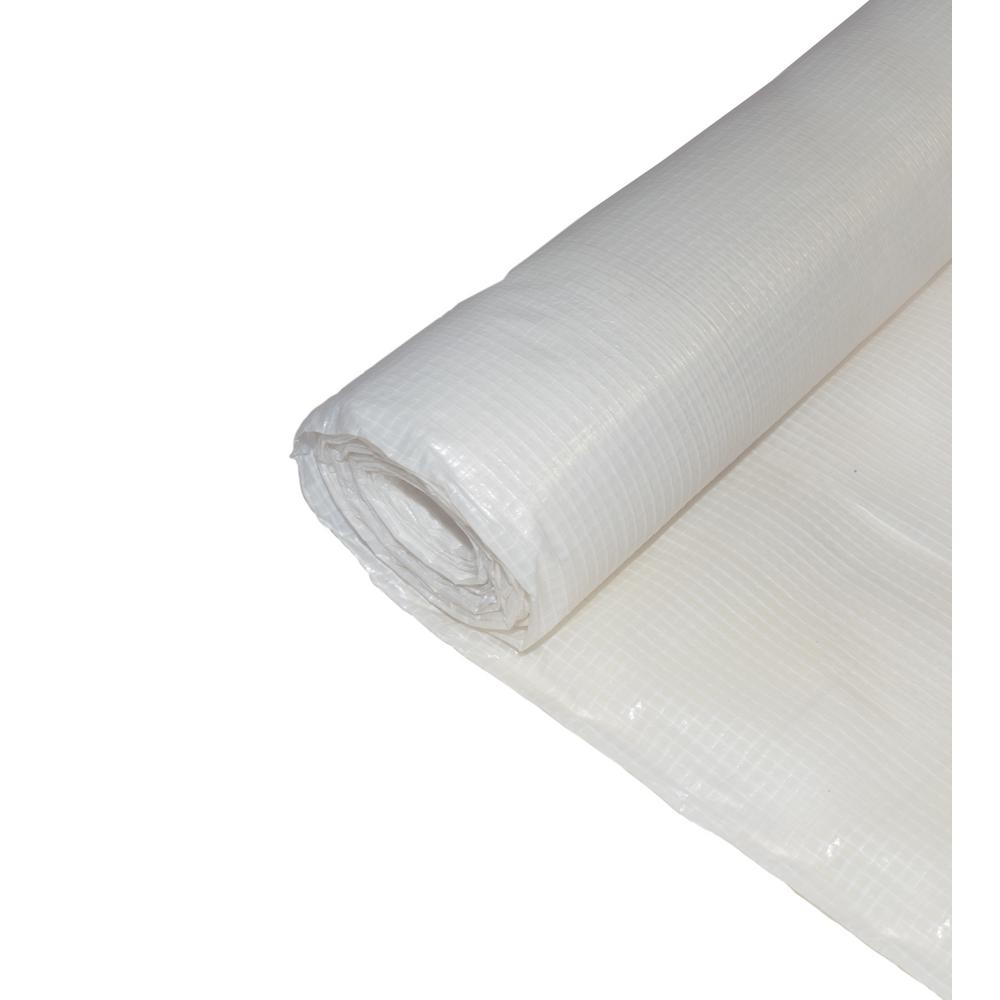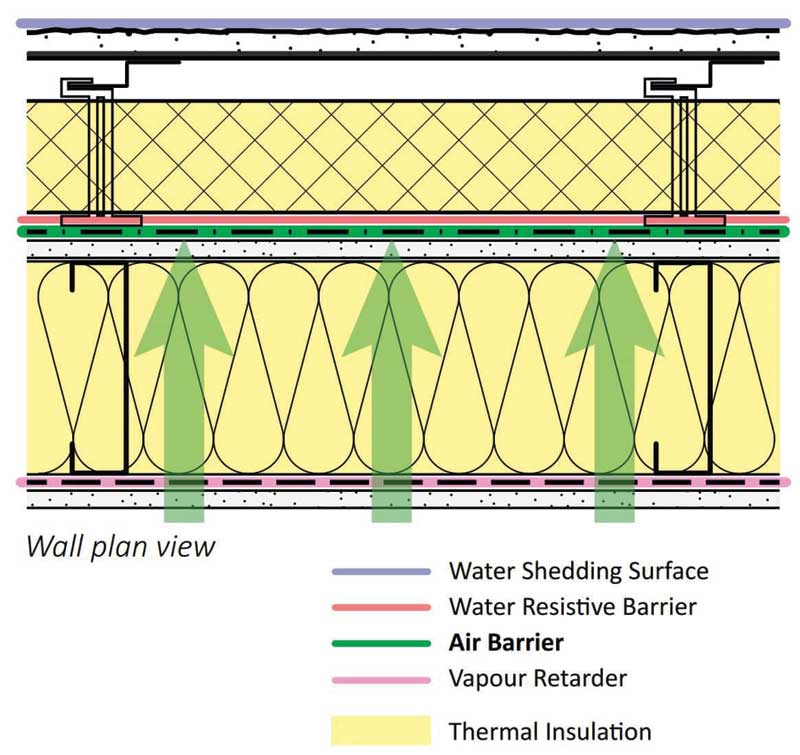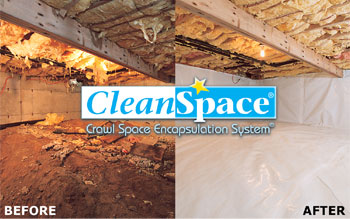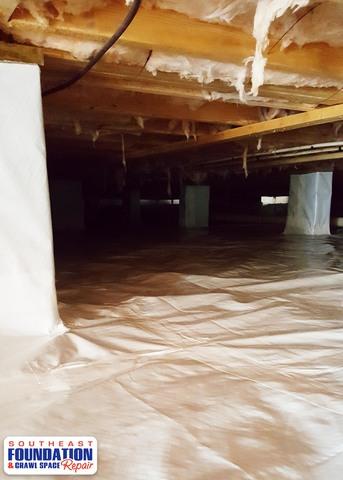Polyethylene Vapor Barrier Attic
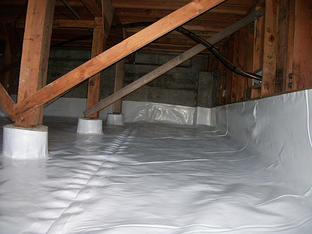
4 8 out of 5 stars 14.
Polyethylene vapor barrier attic. You can forego the plastic and use a vapor retarder kraft faced insulation or latex ceiling paint in all other climates except hot humid or hot dry climates. This barrier is meant to keep moisture from getting to the insulation in the walls and ceilings and it is required by building codes when insulating most houses. Attic insulation should always be installed with the paper backing facing toward the living space the ceiling in this case. Attic vapor barrier detail for cold climates.
Even though we apply vapor barriers to exterior insulated walls in cold climates it s no longer recommended for ceilings floor of the attic. Condensation occurs whenever warm air meets cold air. You could be creating the kind of problems i described in scenario 1 above. Crawl spaces benefit from a polyethylene moisture barrier placed directly over the exposed earth.
Because it s nearly impossible to seal penetrations in the ceiling the reality is water vapor will get into the attic. Plastic vapor barrier in attic prior to blown insulation i am going to blow insulation into my attic and noticed one video where the people put down plastic over the floor studs as a vapor barrier prior to blowing the insulation. This acts as a barrier to keep heated moist air from rising up into the attic during cold weather. Vapor barriers are sheets of plastic or other material placed on one side of insulation sheets.
Without a vapor barrier in place condensation inside the walls could ruin the. A vapor barrier against the concrete surface is generally recommended before wood framing or flooring materials are installed. If your climate does not meet these conditions a vapor retarder like latex ceiling paint will work well for your house if you are in all other climates except the hot dry and hot humid. 1 16 of 726 results for polyethylene vapor barrier 1000 sqft 4x250 solid white vapor barrier attic foil white radiant barrier reflective solid insulation 4x250ft non perforated woven polyethylene scrim heavy duty.
Adding a second vapor barrier could cause condensation to become trapped in the insulation between the two vapor barriers. In any case the vapor barrier must point to the warm side. A plastic vapor barrier is best installed in a vented attic within climates with over 8 000 heating degree days. This same process occurs inside the walls of your home.
Tips for installing vapor barriers.








